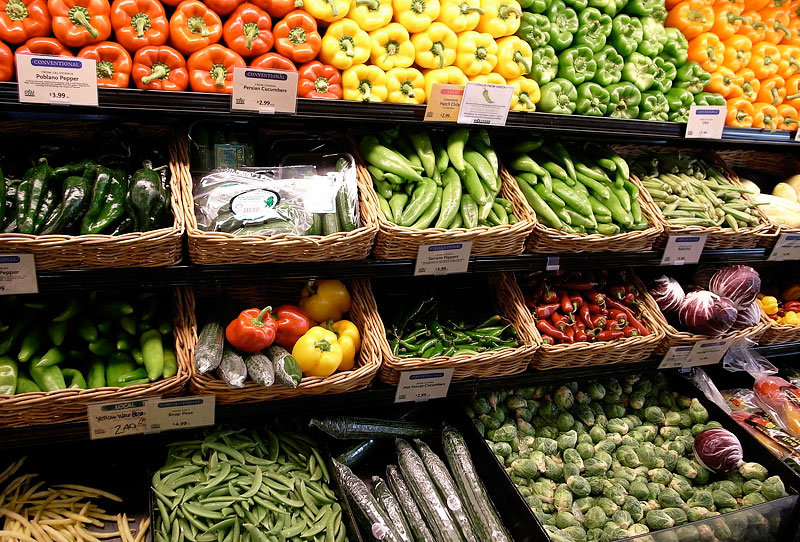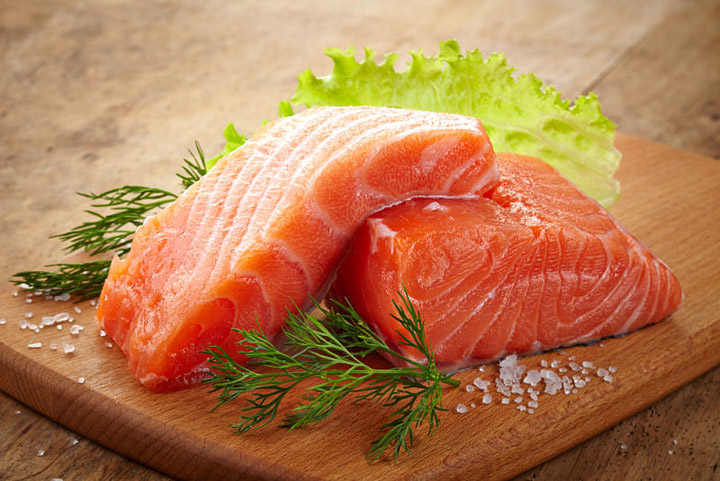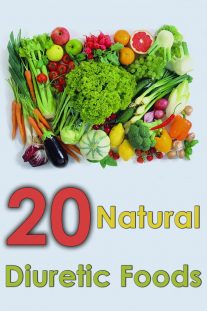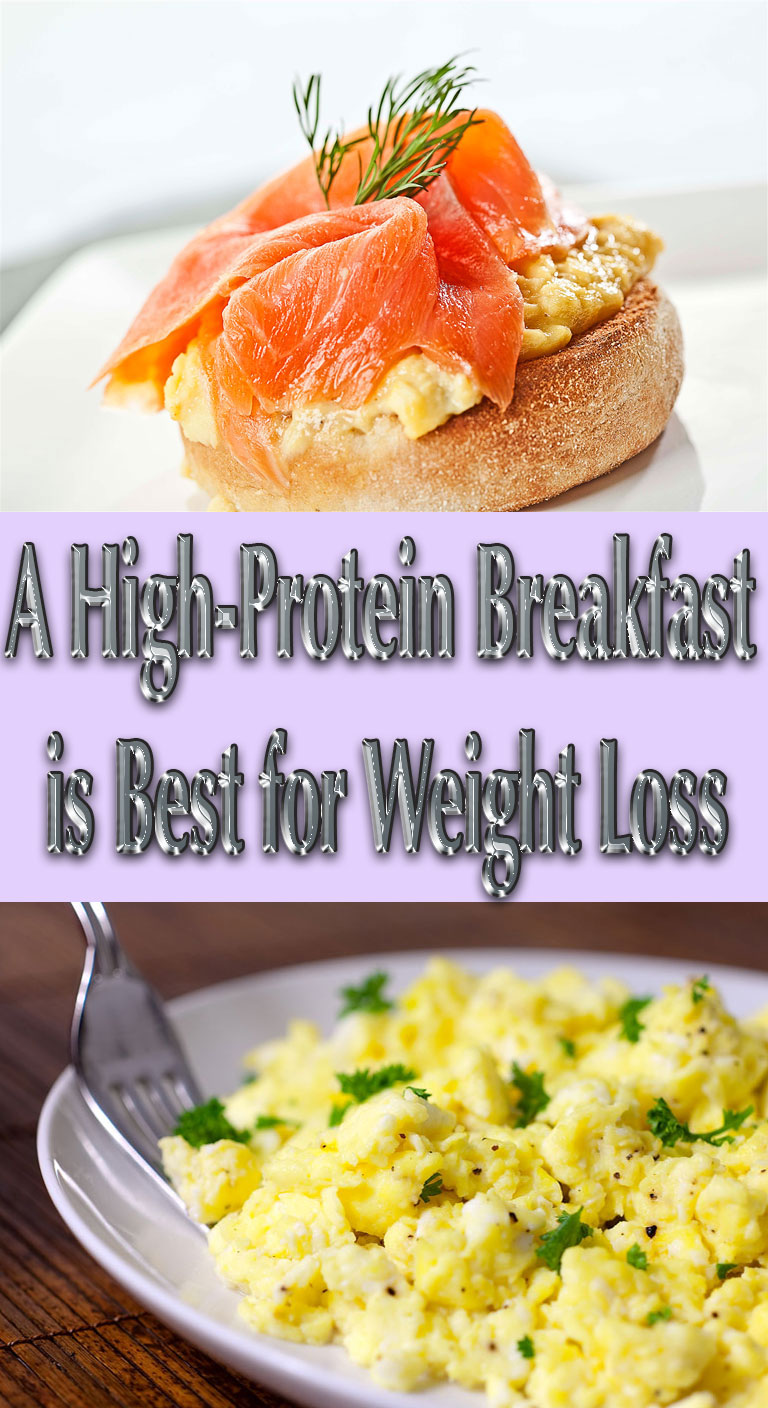
So you’re carrying some extra weight around, what’s the easiest and healthiest way to get rid of it? Many believe the answer lies in burning off more calories than you’re taking in, and while this theory sounds reasonable, the reality is more complex.
Many also believe that cutting fat from their diet is an essential step, but this too is a myth that may actually prevent you from achieving the weight loss you seek.
It’s important to realize that you cannot exercise your way out of a poor diet. Research shows exercise is largely ineffective for producing any significant amount of weight loss on its own. Part of this is because while you certainly burn more calories when you exercise, you cannot burn off thousands of excess calories each day.
For example, to burn off the calories from a Snickers bar you’d have to walk about five miles, and to offset a one -soda-per-day habit, you have to walk one hour per day just to prevent additional weight gain…

The good news is, weight loss can be achieved by virtually everyone, once you understand a few core concepts. A successful weight loss plan can be broken down into three easy-to-remember components:
- Exercise effectively and get regular movement
- Eat REAL food
- Time your meals to optimize metabolic function
High-Intensity Workouts Are the Most Effective for Weight Loss
When it comes to weight loss, high-intensity interval training (HIIT) combined with intermittent fasting is the most effective combo I know of.
According to the American College of Sports Medicine, HIIT workouts tend to burn anywhere from 6 to 15 percent more calories compared to other workouts, and intermittent fasting helps “reset” your body to start burning fat rather than sugar as its primary fuel. When done together, they create a powerful synergy that effectively sheds body fat and promotes optimal metabolic function.
The human body evolved performing very high-intensity activities for brief periods of time, and this kind of activity appears to be part and parcel of our genotype. When recreating this ancestral activity, you have plenty of options these days.

For example, you can perform high-intensity exercises on an exercise bike or elliptical machine, or take the high-intensity route to strength training.
What You Need to Know About Calories and Weight Loss
According to the calorie myth, in order to lose weight all you need to do is follow the equation of “eat less, move more.” But, while these statements may sound valid, it will not work unless you get certain details right.
A key piece of information is that all calories are not created equal. You can eat more calories and lose weight, or eat fewer calories and still gain weight. Your weight is affected by the source of the calories, not just the number of calories. Zoe Harcombe’s book, The Obesity Epidemic, is one of the most comprehensive documents I’ve ever seen that exposes the flaws of this myth.
Research by Dr. Robert Lustig has also shredded this dogmatic belief, showing that not even calories from different kinds of sugar (such as glucose and fructose) are treated identically by your body.

Refined fructose is actually broken down very much like alcohol, damaging your liver and causing mitochondrial and metabolic dysfunction in the same way as ethanol and other toxins, whereas glucose does not wreak this kind of metabolic havoc.
According to Dr. Lustig, fructose is “isocaloric but not isometabolic.” What this means is that identical calorie counts from fructose or glucose, fructose and protein, or fructose and fat, will cause entirely different metabolic effects.
Cut Calories Wisely
So, when it comes to cutting calories, it’s important to discern which calories will promote health and which ones will sabotage it. Simply going on a low-cal diet in which you ditch calorie-rich fats and/or opt for artificially sweetened products is not going to do you any favors whatsoever. As recently noted in The New York Times:
“In recent years, a number of studies have cast doubt on the health benefits of the traditional low-fat diet, suggesting instead that eating more fat — with the exception of trans fats — and less sugar and refined carbohydrates might be better for overall health.”
Even if you do initially lose weight on a low-fat diet, you’re sacrificing your long-term health by promoting insulin resistance and related diseases for the simple reason that low-fat diets tend to be high in sugars instead. For example, a recent meta-review published in the Mayo Clinic Proceedings found that once you reach 18 percent of your daily calories from added sugar, there’s also a two-fold increase in metabolic harm that promotes pre-diabetes and diabetes.

More often than not, you’ll find that the weight comes off much easier when you eat more healthy fats and less non-vegetable carbohydrates (added sugars, processed fructose, and processed grains). If all of this sounds complicated, don’t fret; it’s actually quite easy to figure this out once you grasp and memorize the basics.
In a nutshell, all you really need to remember is that processed foods contain loads of ingredients that promote metabolic dysfunction, insulin resistance, and obesity, so the key is to eat REAL food.
Foods that promote weight gain
- Processed foods of all kinds
- Added sweeteners, regardless of whether they have calories or not. This includes all forms of added sugars, especially processed fructose (such as high-fructose corn syrup), but also artificial sweeteners, which confuse your metabolism and trick your body into storing fat
- Meats from confined animal feeding operations, as they’re typically fed genetically engineered grains contaminated with glyphosate instead of plain grass, plus antibiotics and other growth promoters to fatten up the animals as quickly as possible.
- Farmed fish are also fed an inappropriate diet that reduces their nutritional quality
- Processed grains of all kinds, including organic ones, as they all break down into sugar in your body. Unless organic, grains may also be contaminated with glyphosate even if they’re not genetically engineered. Such is the case with most conventional wheat for example
- Trans fats, found in partially hydrogenated vegetable oils, such as margarine, canola, corn, and soy oils
Foods that promote healthy weight
- Whole, unadulterated (ideally organic) vegetables, fruits, and berries
- Unprocessed, unpasteurized traditionally cultured and fermented foods, such as kefir, kambucha, natto, kimchi, and fermented vegetables of all kinds
- Organically-raised grass-fed meats, pastured chicken, and wild-caught fish that are low in contaminants
- Fresh sprouts, which can be easily grown at home. A wide variety of seeds can be sprouted, which maximizes their nutritional value. For example, once sunflower seeds are sprouted, their protein, vitamin, and mineral content will typically provide you with 30 times the nutrient content of organic vegetables
- Healthy fats, including organically-raised grass-fed meats, fatty fish like wild-caught salmon, coconut oil, olives and olive oil,avocado, raw nuts, organic pastured egg yolks, and butter made from raw grass-fed milk. For cooking, tallow and lard are ideal. Since they’re saturated fats, they do not oxidize when heated. And, since saturated fats do not have double bonds that can react with oxygen, they also cannot form dangerous aldehydes or other toxic oxidation products. Coconut oil is another healthy option, as it too resists oxidation when heated.
Replacing Saturated Fat with Non-Vegetable Carbs Is a Recipe for Obesity and Poor Health
Most people have been indoctrinated to equate saturated fats with heart disease, but there’s really no evidence supporting this notion. On the contrary, an overwhelming amount of recent research has effectively dispelled this myth. Not only do saturated fats not promote heart disease, you actually need saturated fats for brain and immune system health.

Moreover, many vitamins, such as vitamins A, D, E, and K are fat-soluble, and you have to have fat in order to absorb those vitamins from your food. Many also don’t realize that processed foods labeled as “low-fat” typically contain massive amounts of added sugars or artificial sweeteners instead. Start reading the labels and you’ll soon realize that the fat is simply traded for sugar, and that’s what’s really packing on the pounds..
Timing Your Meals Can Significantly Boost Weight Loss Success
There’s compelling evidence suggesting that when you eat morning, noon, and night, you increase your risk for both obesity and diabetes. Not only does this continuous grazing tend to lead to overeating in general, it also causes biological changes that result in metabolic dysfunction and subsequent weight gain and diminished health.
Our ancestors did not have access to food 24/7, and from a historical perspective it appears your body was designed for intermittent periods of fasting. In fact, a number of beneficial effects take place when you go for periods of time without eating. For the last couple of years, I’ve suggested an intermittent fasting schedule that limits meals to a narrow window of six to eight hours a day — ideally by skipping breakfast, and having lunch be your first meal.

However, some people really struggle without breakfast, and I’ve more recently come to realize that you can skip breakfast ordinner — as long as you skip one of them. The key to remember is to only eat within a window of six to eight consecutive hours each day, and avoiding food for at least three hours before bedtime. However, due to the way your body generates energy from mitochondria production explained below, I am not convinced that it’s ideal to skip dinner. Another alternative is to have a very light meal as early as possible.
The Benefits of Avoiding Late-Night Eating
Eating too close to bedtime is another meal-timing factor that can sabotage your health. It’s important to have a minimum of three hours after your last food intake before you go to bed. Ideally, aim for as much as six hours between your last meal and your scheduled bedtime.
The rationale for this recommendation has to do with the way your body produces energy. Your mitochondria are responsible for “burning” the fuel your body consumes and converting it into usable energy. These tiny bacterial derivatives live inside your cell and are optimized to create energy from the food you eat and the oxygen in the air you breathe. Your cells have between 100 and 100,000 mitochondria.
Your mitochondria have a series of electron transport chains in which they pass electrons from the reduced form of the food you eat to combine it with oxygen from the air you breathe to form water. This process drives protons across the mitochondrial membrane, which recharges ATP (adenosine triphosphate) from ADP (adenosine diphosphate). ATP is the carrier of energy throughout your body.
A major side effect of this transfer of electrons is that some leak from the electron transport chain to react with oxygen to form the free radical superoxide. Superoxide anion, the product of a one electron reduction of oxygen, is the precursor of most reactive oxygen species and a mediator in oxidative chain reactions. These oxygen free radicals attack the lipids in your cell membranes, protein receptors, enzymes, and DNA that can prematurely kill your mitochondria.

Please understand that some free radicals are actually good and your body requires them to regulate cellular function. The problem is when you have excessive free radical production. Sadly that is the case for the majority of the population and why most diseases, especially cancers, are acquired. There are two possible solutions, increase your antioxidants or reduce mitochondrial free radical production.
I believe one of the best strategies for reducing mitochondrial free radical production is to limit the amount of fuel you feed your body when it requires the least amount, which is when you are sleeping. If you feed your body shortly before sleeping you will have large amounts of fuel your body simply has no need for, which will result in a massive increase in leakage of electrons that combine with oxygen to form free radicals, which damage your DNA, and thereby radically increases your risk of cancer.
This is one of the reasons why I rarely eat less than three hours before going to bed and frequently it is 5 to 6 hours. A review paper that provides much of the experimental work for the above explanation was published in 2011, titled “Mitochondrial DNA Damage and Animal Longevity: Insights from Comparative Studies.”
It may be too complex for many laypeople, but the take-home message is that since your body uses the least amount of calories when sleeping, you’ll want to avoid eating close to bedtime because adding excess fuel at this time will generate excessive free radicals that will damage your tissues, accelerate aging, and contribute to chronic disease.
Take-Home Message: to Normalize Your Weight, Eat Real Food, Exercise Wisely, Intermittently Fast, and Avoid Eating at Night
Focusing your diet on REAL FOOD rather than processed fare is one of the easiest ways to sidestep dietary pitfalls and myths that make weight loss difficult. Beyond that, it’s really just a matter of tweaking the ratios of fat, carbs, and protein to suit your individual situation. One key though is to trade refined sugar and processed fructose for healthy fat, as this will help optimize your insulin and leptin levels.

Related
If you like this post, please give it a five star review and help me share it on facebook!




Leave a Reply